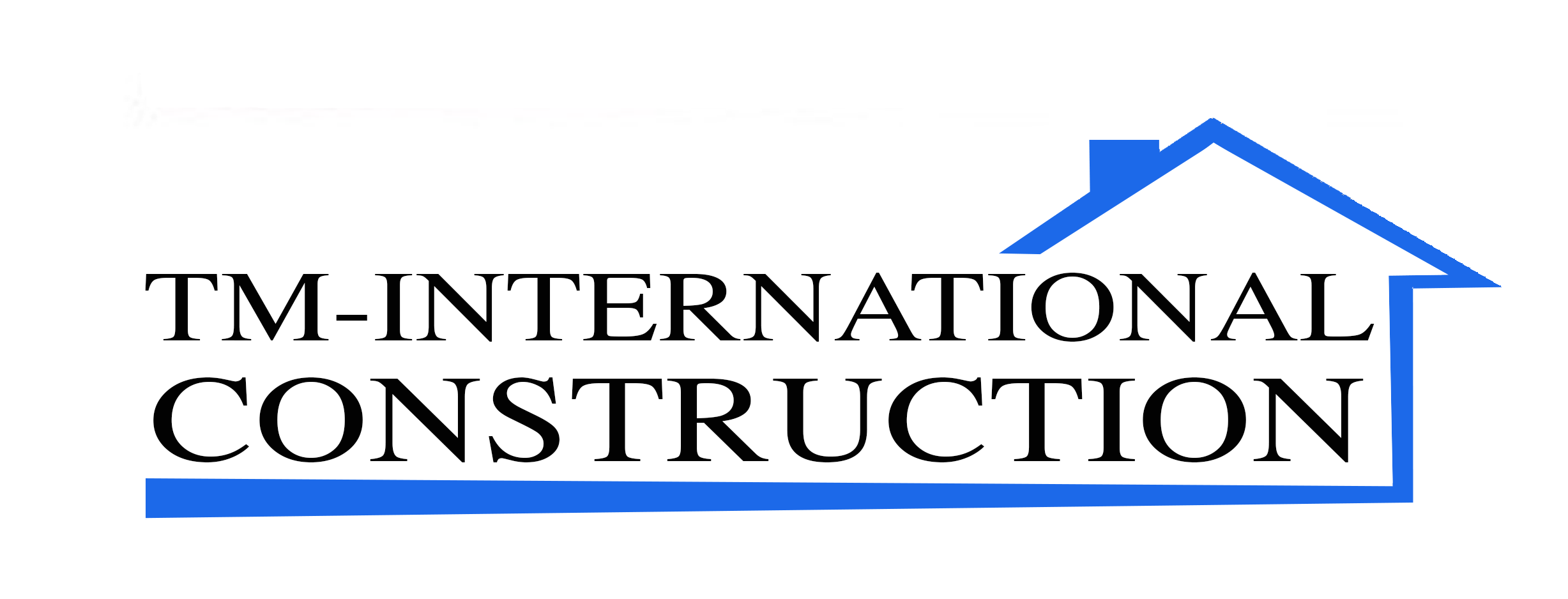Mastering the Art of Multi-Family Unit Construction
Introduction:
In the dynamic landscape of real estate development, multi-family unit construction has emerged as a key player, revolutionizing the way we think about housing. As urbanization continues to surge and the demand for efficient, communal living spaces rises, the construction of multi-family units has become an integral part of the real estate industry. This article delves into the world of multi-family unit construction, exploring its benefits, challenges, and the innovative trends shaping the future of communal living.
The Rise of Multi-Family Unit Construction:
In recent years, there has been a noticeable shift in housing preferences, with more individuals and families opting for the convenience and affordability of multi-family units. The surge in urban populations has led to a growing need for efficient land use, prompting developers to explore vertical solutions. Multi-family unit construction offers a practical and sustainable approach to address these challenges, allowing for the creation of vibrant, interconnected communities.
Key Benefits of Multi-Family Unit Construction:
- Space Efficiency: Multi-family units maximize land usage, providing an efficient solution for urban environments where space is limited. By going vertical, developers can accommodate more residents while minimizing their environmental footprint.
- Community Building: One of the standout features of multi-family living is the sense of community it fosters. Shared amenities, communal spaces, and organized events create opportunities for residents to connect and build relationships, promoting a strong sense of belonging.
- Affordability: Construction costs per unit tend to be lower for multi-family projects compared to single-family homes. This affordability factor makes multi-family units an attractive option for a diverse range of residents, including young professionals, families, and seniors.
Challenges in Multi-Family Unit Construction:
While multi-family unit construction brings numerous advantages, it also comes with its set of challenges. Overcoming zoning regulations, ensuring adequate parking, and managing construction logistics are common hurdles. Additionally, striking a balance between privacy and community engagement requires thoughtful design and planning.
Innovative Trends Shaping the Future:
The future of multi-family unit construction is marked by innovative trends that enhance both the quality of living and the sustainability of these communities:
- Smart Building Technologies: Integration of smart technologies enhances the living experience in multi-family units. From energy-efficient systems to automated security features, these technologies contribute to a more sustainable and secure community environment.
- Green Building Practices: Sustainable construction materials and energy-efficient design are becoming staples in multi-family unit construction. Developers are increasingly incorporating eco-friendly features such as green roofs, solar panels, and rainwater harvesting systems to minimize environmental impact.
- Flexible Design Concepts: Recognizing the diverse needs of residents, modern multi-family unit constructions often incorporate flexible design elements. Adaptable spaces and multifunctional common areas ensure that residents can customize their living spaces to suit their lifestyles.
Conclusion:
Multi-family unit construction is not merely about erecting buildings; it's about crafting communities and redefining the way we live. As urbanization continues to shape our cities, the efficiency, affordability, and community-oriented nature of multi-family living make it a compelling solution. By embracing innovative trends and overcoming construction challenges, developers can create multi-family units that stand as pillars of sustainable, connected living in the 21st century.
